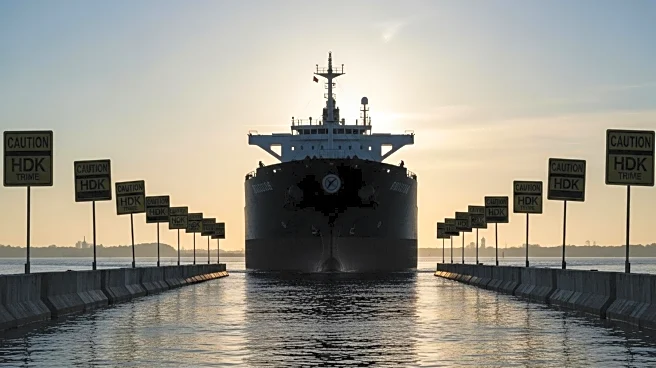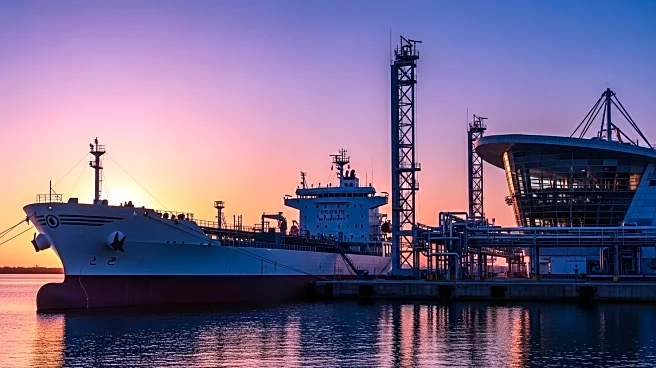What is the story about?
What's Happening?
Insured losses from natural catastrophes have surpassed $135 billion globally in 2024, significantly impacting supply chains across various regions. Extreme weather events such as flooding and droughts have disrupted the supply of cocoa from Africa, grains and produce from Southern Europe, and semiconductors from Asia. Businesses are increasingly recognizing the need for climate resilience, although most organizations are still in the early stages of implementing such strategies. George Richards, director of JRP Solutions, emphasizes the importance of conducting gap analyses to assess risks and prioritize actions to mitigate the most immediate and severe threats.
Why It's Important?
The disruption of supply chains due to climate shocks poses significant challenges for global trade and economic stability. Companies that fail to adapt may face increased costs and operational risks, affecting their competitiveness and profitability. As climate change continues to intensify, businesses that proactively address resilience will likely gain a strategic advantage. This situation underscores the urgency for corporate leaders to evaluate the financial implications of both action and inaction regarding climate resilience, potentially influencing investment decisions and shareholder expectations.
What's Next?
Organizations are expected to increasingly focus on climate resilience strategies, with CEOs, CFOs, and shareholders seeking to understand the costs associated with these initiatives. As awareness grows, more companies may undertake comprehensive risk assessments and implement measures to safeguard their supply chains against future disruptions. This could lead to a shift in corporate priorities, with sustainability becoming a central component of business strategy.
Beyond the Headlines
The broader implications of climate shocks on supply chains extend beyond immediate economic impacts. There are ethical considerations regarding the responsibility of businesses to mitigate their environmental footprint and contribute to global sustainability efforts. Additionally, the legal landscape may evolve, with potential regulations mandating climate risk disclosures and resilience planning.
AI Generated Content
Do you find this article useful?













